Rockcollector
Shiny_Rock
- Joined
- Jan 11, 2019
- Messages
- 325
This ring was given to my aunt from my grandmother when she was a child, in the 1930s. The rubies (2) were in a ring with a diamond given to her in the early 1900s (prior to 1909) by her first husband who supposedly was in the family of the Pullman Palace car company(not verified). When they broke up, she took the two rubies and made them into rings for her daughters. My mother lost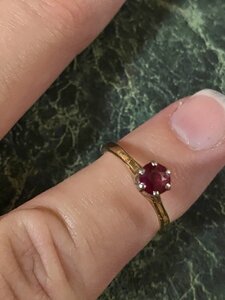
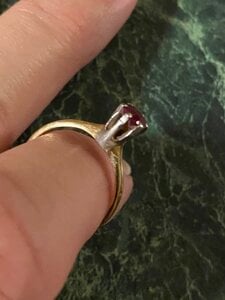 hers☹
hers☹

 hers☹
hers☹
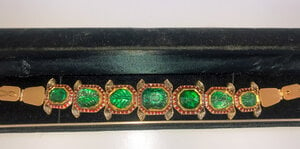
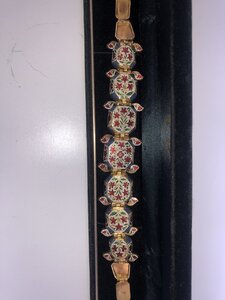
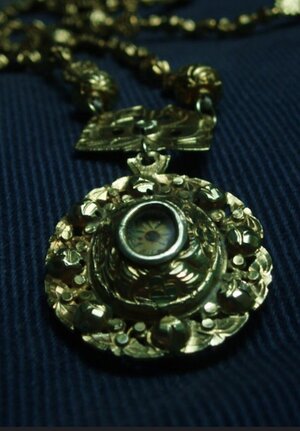


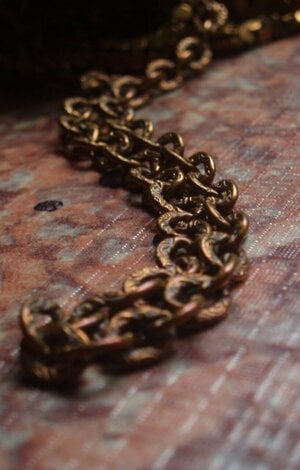
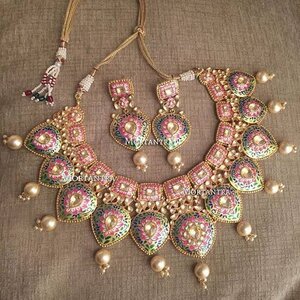
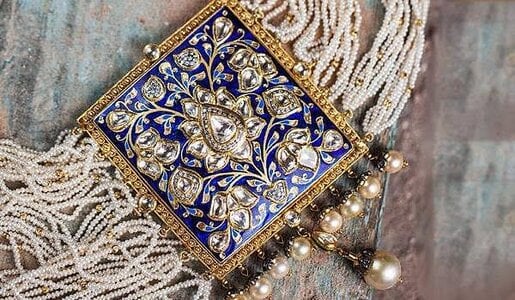
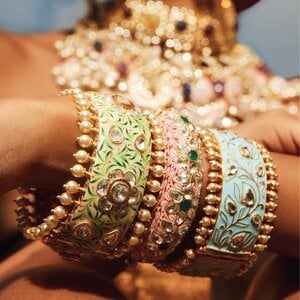
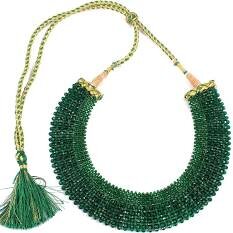

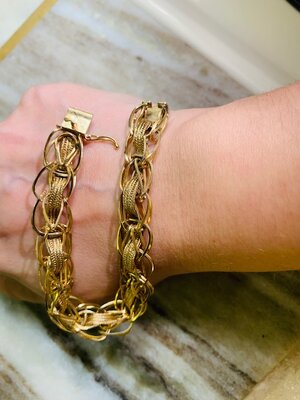
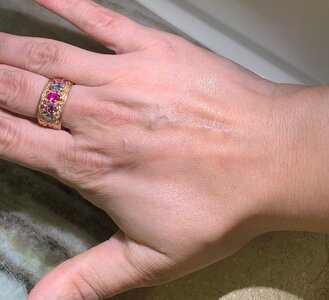

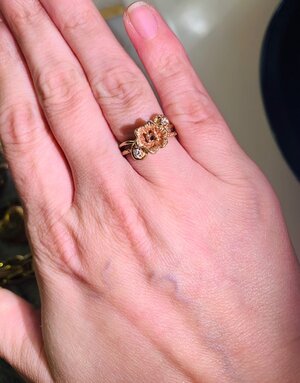
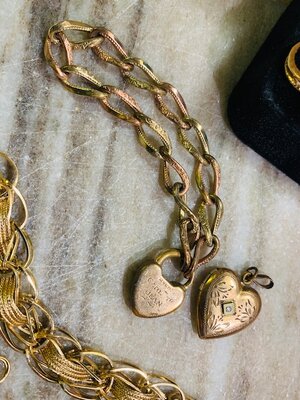
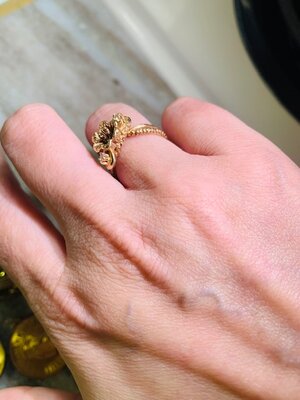
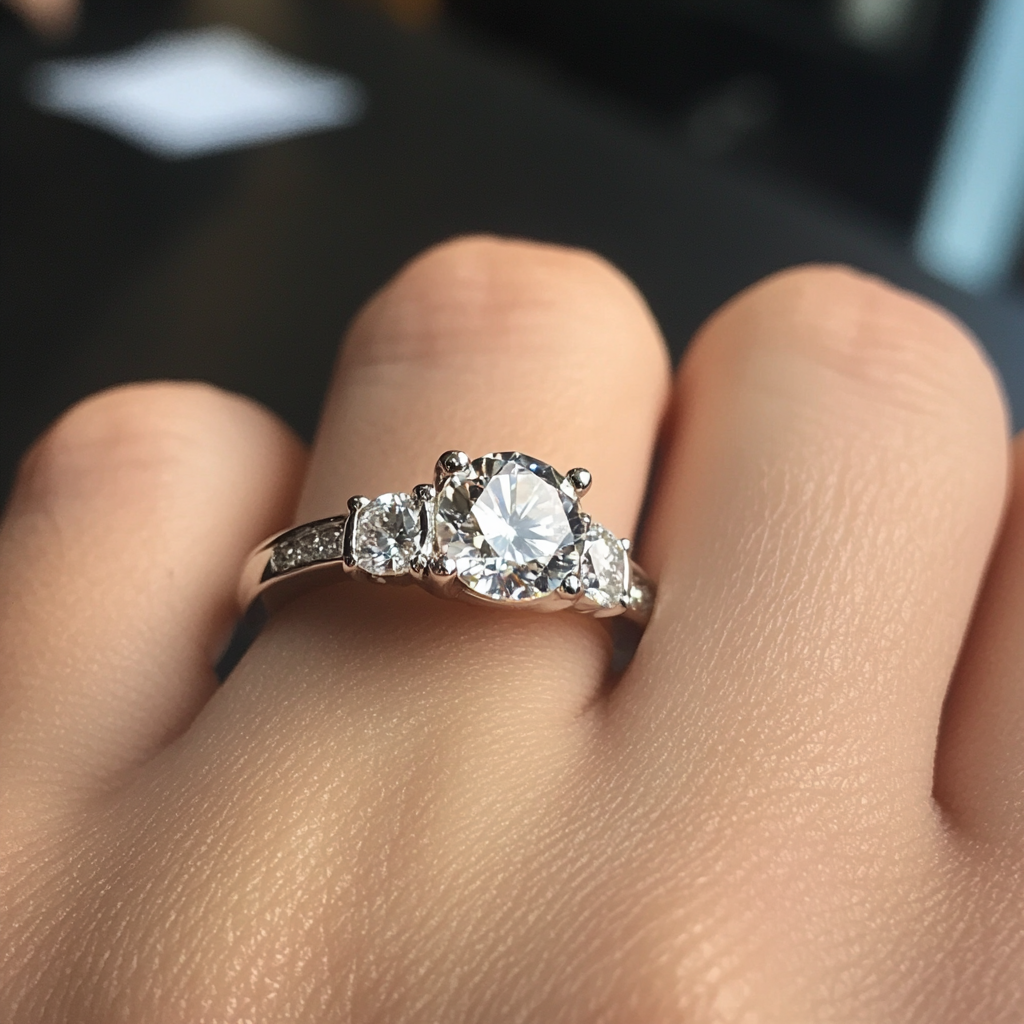

300x240.png)